10 Everyday Fruits That Actually Work in Savory Dishes

Fruits can enhance savoury dishes in unexpected ways by adding brightness, contrast, texture, and complexity. They are not only for desserts or snacks. Ten common fruits that you probably already have in your kitchen (or could) are examined in this article to see how they add unique flavour to savoury cooking, whether it be in marinades, sauces, salads, grills, or stews. Knowing how to use each fruit’s unique qualities—sweet, tart, juicy, and crisp—will enhance the interest, balance, and flavour of your savoury dishes.
1. Mango
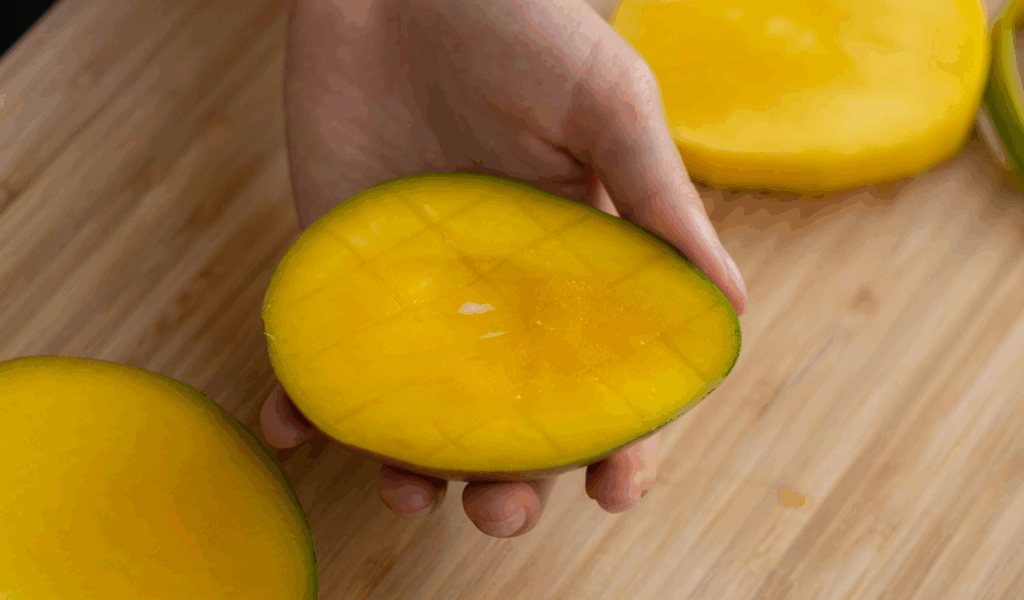
One of the most adaptable fruits for savoury cooking is the mango. Think of sliced green mango in slaws or glazed chicken with mango chutney. When green (unripe), its firm texture and tartness make it perfect for salads, pickles, or fajitas. In salsas, curries, or when combined with pork or seafood, ripe mangos provide a sweet, juicy counterpoint. Mango flesh melts into sauces and glazes because it softens when cooked, adding sugar and texture to counterbalance acidic, salty, or spicy ingredients. It is used all over the world, from Latin cuisine’s mango-avocado salads to Asia’s mango chicken.
2. Pineapple
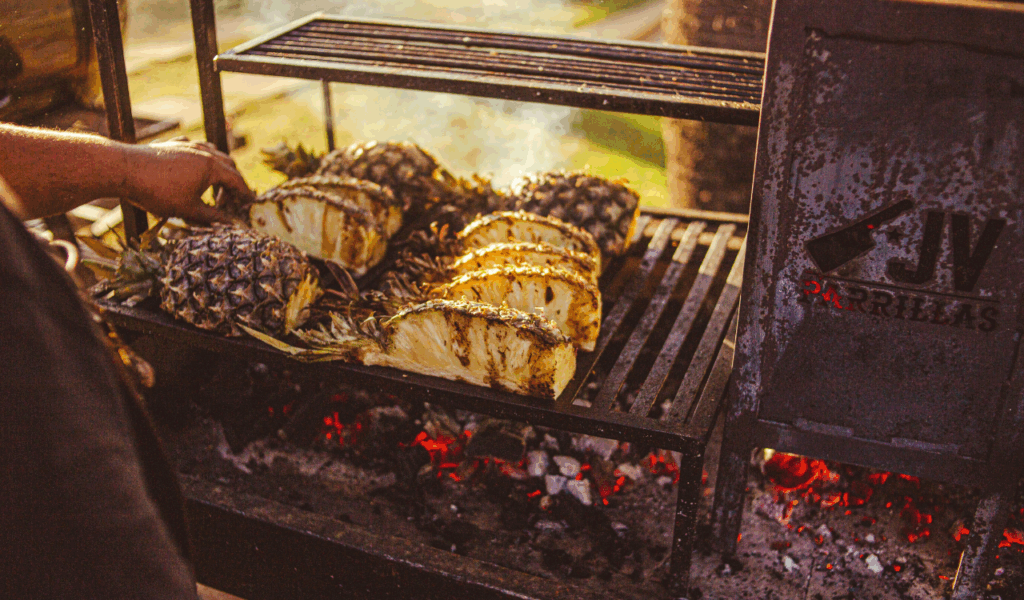
Pineapple is great in savoury preparations because of its vibrant, tropical flavour, which is sweet with a sharp acidity. Meats like chicken or pork gain smokiness and caramelised sugars from grilled pineapple. In stir-fries, pineapple chunks add juiciness and contrast to crispy or spicy ingredients. Because it contains bromelain, even its juice can help marinades and tenderise meat. Just be aware that overcooking can cause it to become mushy. When used properly, it adds acidic lift, balances richer or spicy dishes, and enhances depth whether it is grilled, fresh in salsa, or lightly cooked.
3. Apple

Depending on the variety, apples offer a variety of textures in addition to sweetness and crispness. Baked apples or stewed apple sauce contrast fat and salt, making tart apples a great addition to roasted poultry or pork dishes. Thin slices of apple add crunch to salads, while chopped apple adds moisture and a hint of sweetness to braises or stews. Apples can be cooked with meats without instantly dissolving because they retain their shape well when heated gently. In savoury dishes, they work well with strong spices like cloves, ginger, or cinnamon to add a rounded, mellow flavour.
4. Pomegranate (Seeds / Molasses)
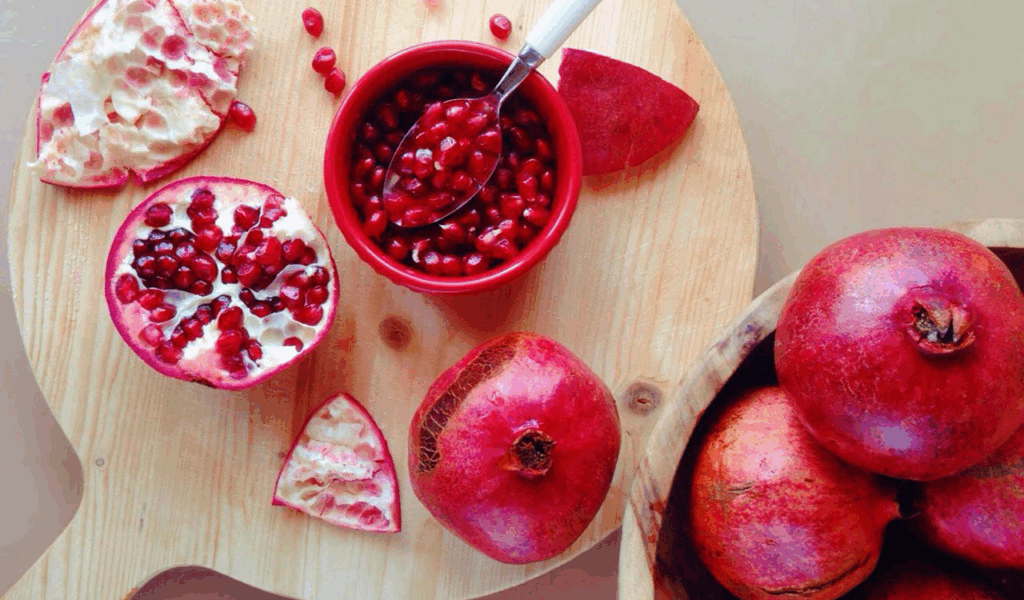
The pomegranate provides two potent instruments: the tart syrup/melting molasses and the jewel-like seeds (arils). When added to roasted vegetables, grains, or meats, the seeds provide crunch, a burst of tart-sweet flavour, and vibrant colour. Consider lamb or duck with pomegranate sauce as an example of how the syrup or molasses, which is highly acidic and slightly sweet, works well for marinades, dressings, or glazes. Its acidity can cut through rich flavour and brighten heavy or fatty dishes. A little often goes a long way because pomegranate compounds are powerful.
5. Tomato

Despite being frequently regarded as a vegetable, tomatoes are actually a fruit and serve as a base for savoury dishes. In soups, stews, sauces, or when roasted with herbs, cooked tomatoes add depth, acidity, and umami. You can use raw fresh tomatoes as a topping or in salads and salsas. Varieties such as cherry tomatoes and plum tomatoes are versatile due to their balance of sugars and acids; raw tomatoes have sharp, bright notes, while slow-cooked tomatoes have mellow sweetness. Through Maillard reactions, cooking techniques like roasting or caramelising add complexity.
6. Citrus (Lemon / Lime / Orange)

Because of their acidity, fragrance, and capacity to enhance flavours, citrus fruits—such as lemon, lime, and orange—are indispensable in savoury cooking. Juice adds brightness and balances salt or fat, while zest adds aromatic oils. Segments of oranges or limes are excellent in marinades, salads, and as a garnish for meats or seafood. Lime or lemon juice can brighten sauces, cure fish (ceviche), and deglaze pans. You can even use candied citrus peel or marmalade in glazes or dressings. To prevent acidity from overpowering other flavours, use them sparingly.
7. Peach

Peaches complement smoky or spicy flavours with their juicy flesh and mild sweetness when they are still firm. The caramelisation of grilled peaches enhances the flavour of meats like chicken or pork. Diced peaches provide a fruity contrast to savoury and spicy ingredients in chutneys or salsas. Peach slices add a distinctive texture even to salads. Cooking should be carefully managed to prevent peaches from becoming mushy due to the delicate nature of peach sugar; adding near the end, grilling briefly, or sautéing briefly preserves texture and flavour.
8. Fig

Figs have a distinct texture (soft flesh, tiny seeds inside) and a honey-like flavour. Dried figs work well in stews, braises, or tagines, where they rehydrate slightly and add sweetness and depth; fresh figs can be stuffed with cheese, wrapped in prosciutto, or added to salads for contrast. Their sugars balance the acidity and savoury spices. Dried figs can withstand more heat, but fresh figs are soft and should be added near the end of cooking or carefully grilled. They go particularly well with richer meats and fatty, umami flavours.
9. Avocado
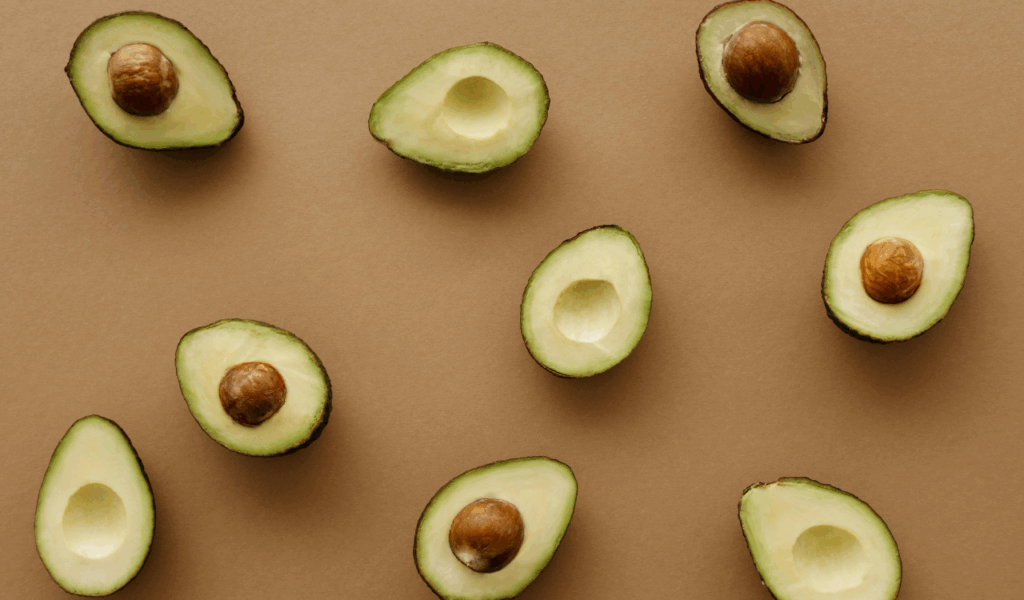
Avocado is ideal in savoury dishes other than guacamole because it is mild, creamy, and full of good fats. Its texture adds a rich contrast to salads, tacos, and wraps. Mashed avocado produces creamy sauces or dressings without requiring a lot of additional fat, while slices or chunks add smoothness. Instead of overpowering, its subtle flavour allows herbs, spices, or acidic ingredients to shine around it. Avocado works best when added fresh or at low-to-medium heat, or added cold as a finishing touch to cooked dishes, but it doesn’t handle high heat well (it becomes bitter if overheated).
10. Tamarind
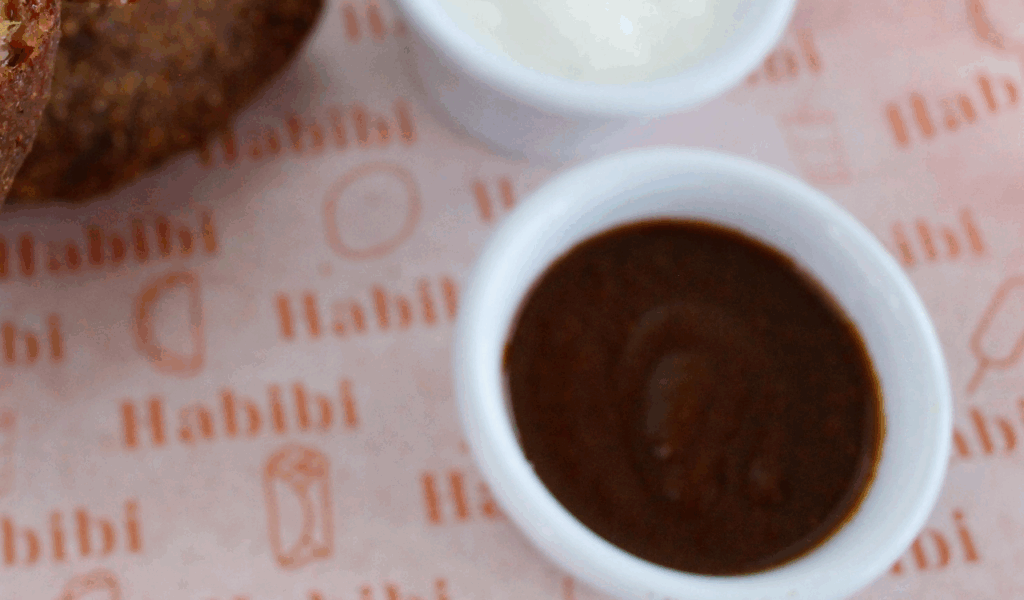
Tamarind is a potent ingredient in savoury cooking because of its deep complexity and sour-sweet tang. Many culinary traditions use its pulp to add acidity to glazes, curries, soups, and sauces. Richness, fats, and sugar are all balanced by the sourness. It’s important to use tamarind sparingly due to its strong flavour. Its tartness is lessened when combined with honey, sugar, or spices. While raw or after cooking, it may lose some of its sharp acidic edge, it is heat stable in simmered dishes. Tamarind can be found in marinades, braising liquids, and chutneys.





